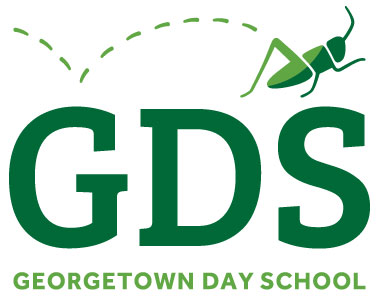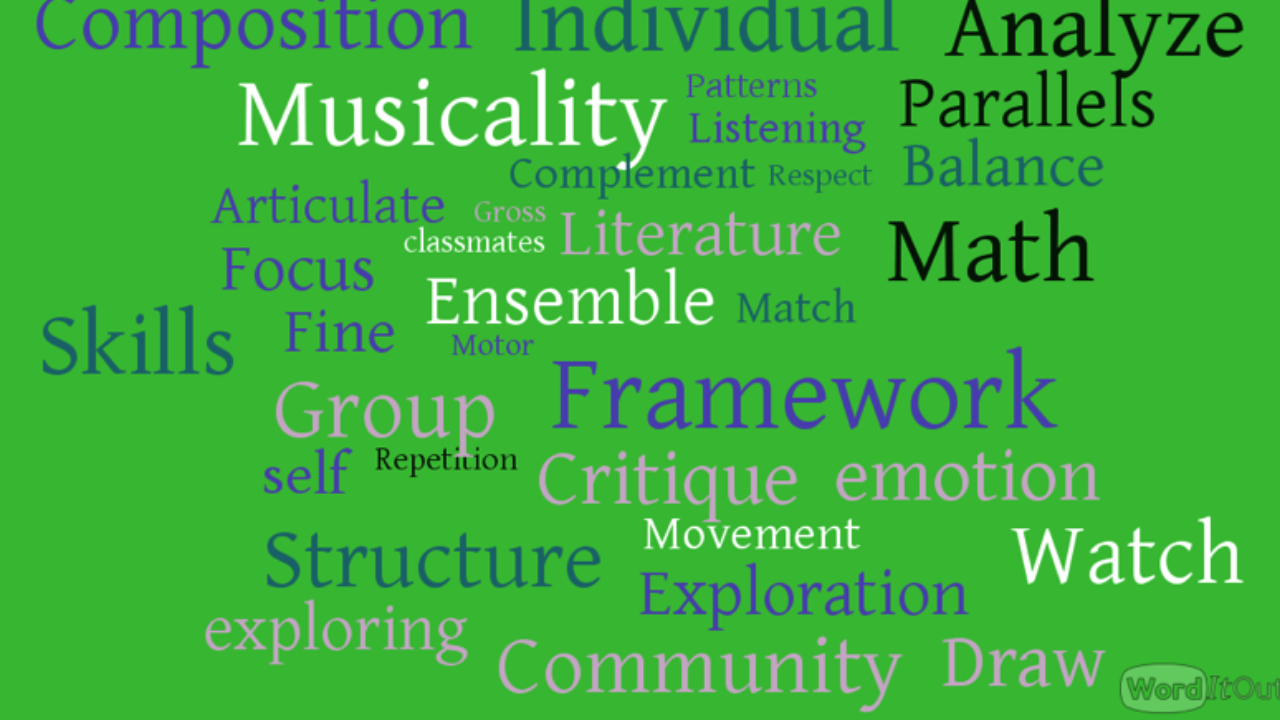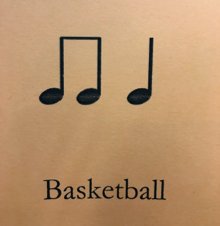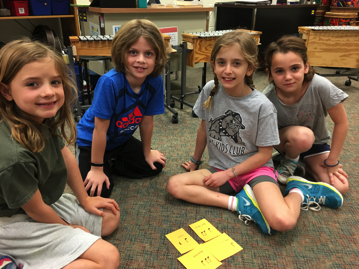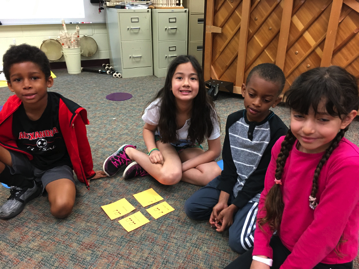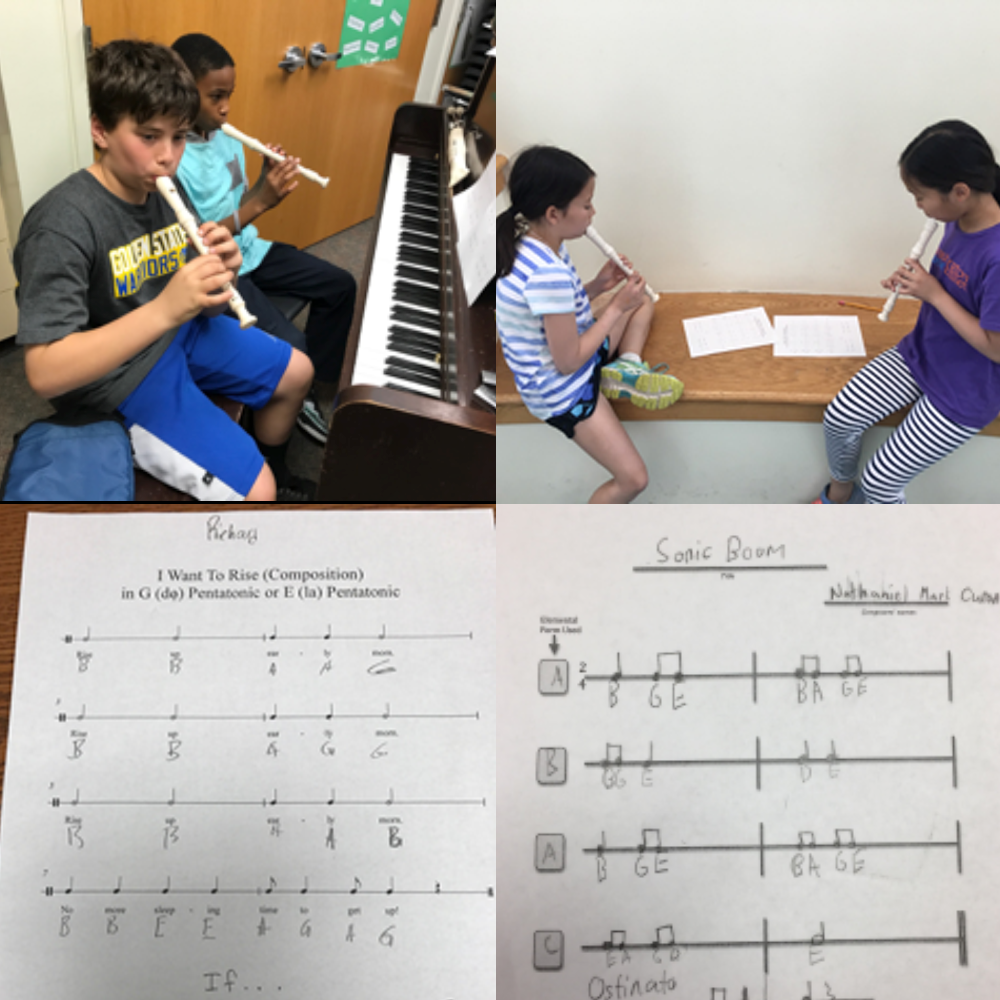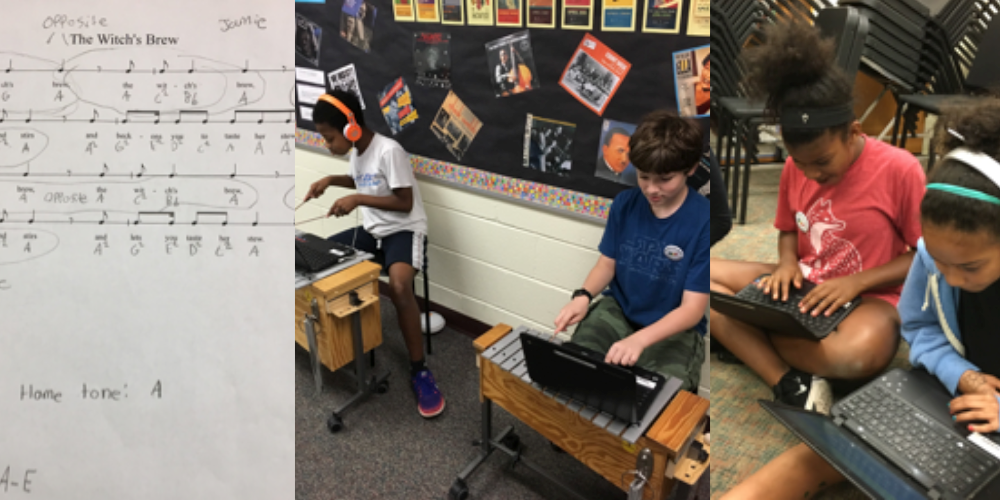What do you think about when you think about music instruction? Do you think about private piano lessons, learning a band instrument, singing, playing the recorder, or learning music notation? Students at GDS do many of those things, but through the lens of of the Orff-Schulwerk approach. Noted composer Carl Orff and the dancer/pedagogue Gunild Keetman envisioned an approach to general music that fostered active music making, student creativity, connecting music and movement, and the concept of sound before sight. Even though this approach is decades old, it dovetails beautifully with the “GDS Student Will…” capabilities that cross disciplines and guide our teaching.
In traditional music instruction, students work to recreate another person’s composition by reading a piece of music and performing it. Traditionally, once this technical foundation is laid, students may start composing in high school or college. There are many times where GDS students are recreative artists. However, at GDS, students are innovating and creating* from a very early age as well. Making musical choices, improvising, and composing are integral to an Orff-Schulwerk approach.
Composition begins by developing a vocabulary. In thinking of written language development, after many years of speaking a language students begin to write by taking a word chunk like “at.” When you combine “at” and “b” you get “bat,” “c” for “cat,” “r” for “rat,” etc. Musically, we do the same thing using short chunks called “rhythmic building bricks.” To start, students practice short rhythmic fragments such as the one below, often using natural speech rhythms to aid in correctly performing these patterns.
From there, students combine these fragments to create an eight beat phrase used as a student generated ending for a known song.
As the students get older, they begin to use these short rhythmic phrase as a basis to improvise melodies on recorders or xylophones. The process of improvising allows students to think critically about the melodies that they create in the same way that an author might brainstorm ideas before writing a longer piece. Additionally, students have studied common forms and musical patterns/structures. They use these forms to take short phrases and extended them into longer recorder or xylophone compositions. Continuing with our written language comparison, this stage is similar to writing a paragraph. Throughout this process, students have to learn to advocate for their musical ideas and communicate them clearly to other group members. Students step in and out of various leadership roles, navigating when to “stand out” and when to “blend” into the musical ensemble.
As students enter middle school, these skills are expanded and students start to create contrasting accompaniment patterns that will support the melodies that they created. In this video, students used a synthetic scale to compose on their xylophones. Next, they arranged the piece using a piece of software called Noteflight. Throughout the process, students participated in critiques where they are challenged to move beyond just “liking” something, to clearly communicating the musical reasons that a melodic or accompanimental choice is successful. The ability to tolerate and learn from failure in order to revise compositions is critical in achieving a successful composition.
Writing about the importance of creativity, Carl Orff said, “Let the children be their own composers.” When we asked our sixth graders why composition is important, Ethan ’23 said, “The real test of whether you understand music is if you can use the patterns and rules that are set down by others as well as breaking those rules to create your own music and make it the new norm.” From Carl Orff to GDS sixth graders, we couldn’t have said it better ourselves!
*Bold text indicates one of the ten “GDS Students Will…” competencies.
